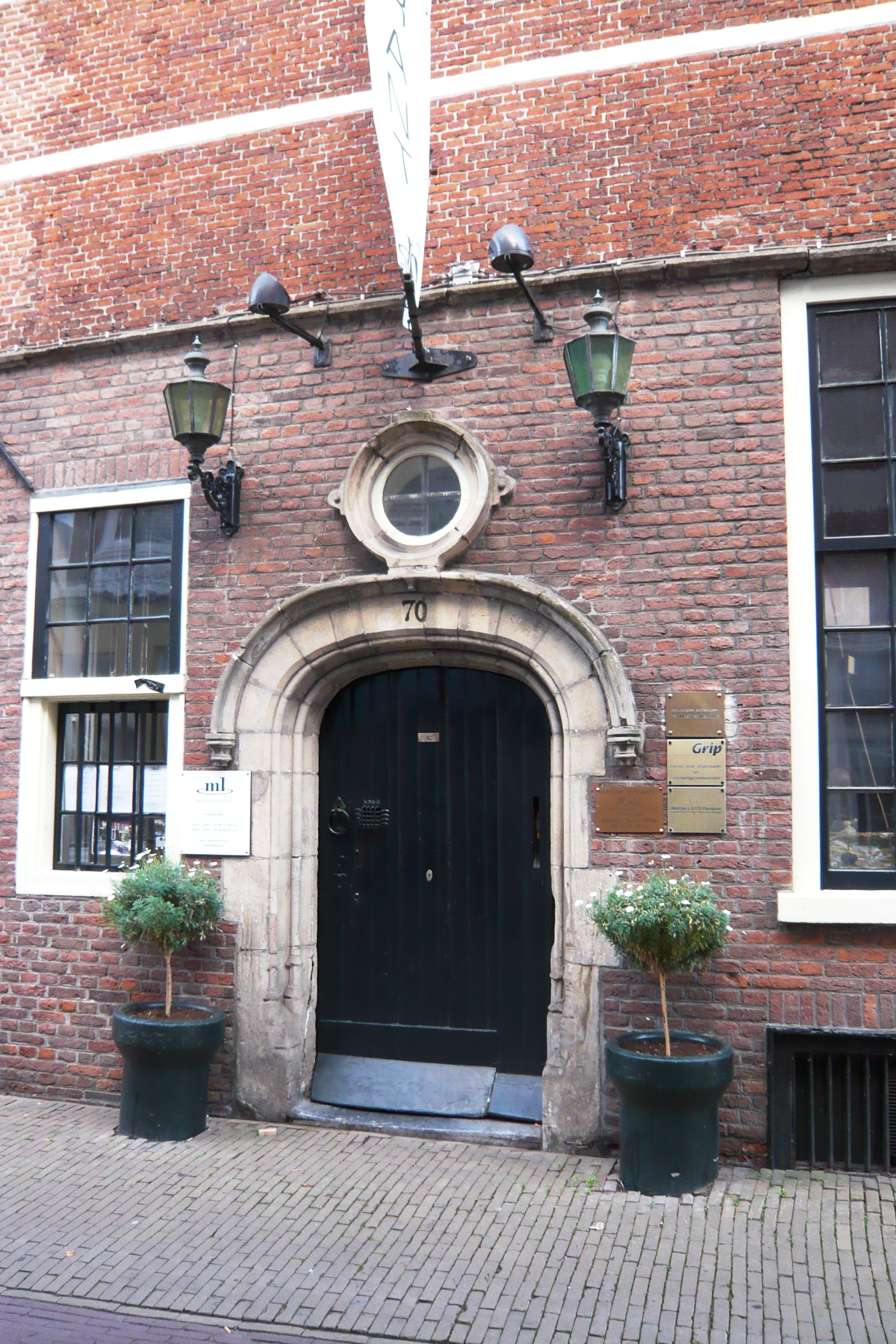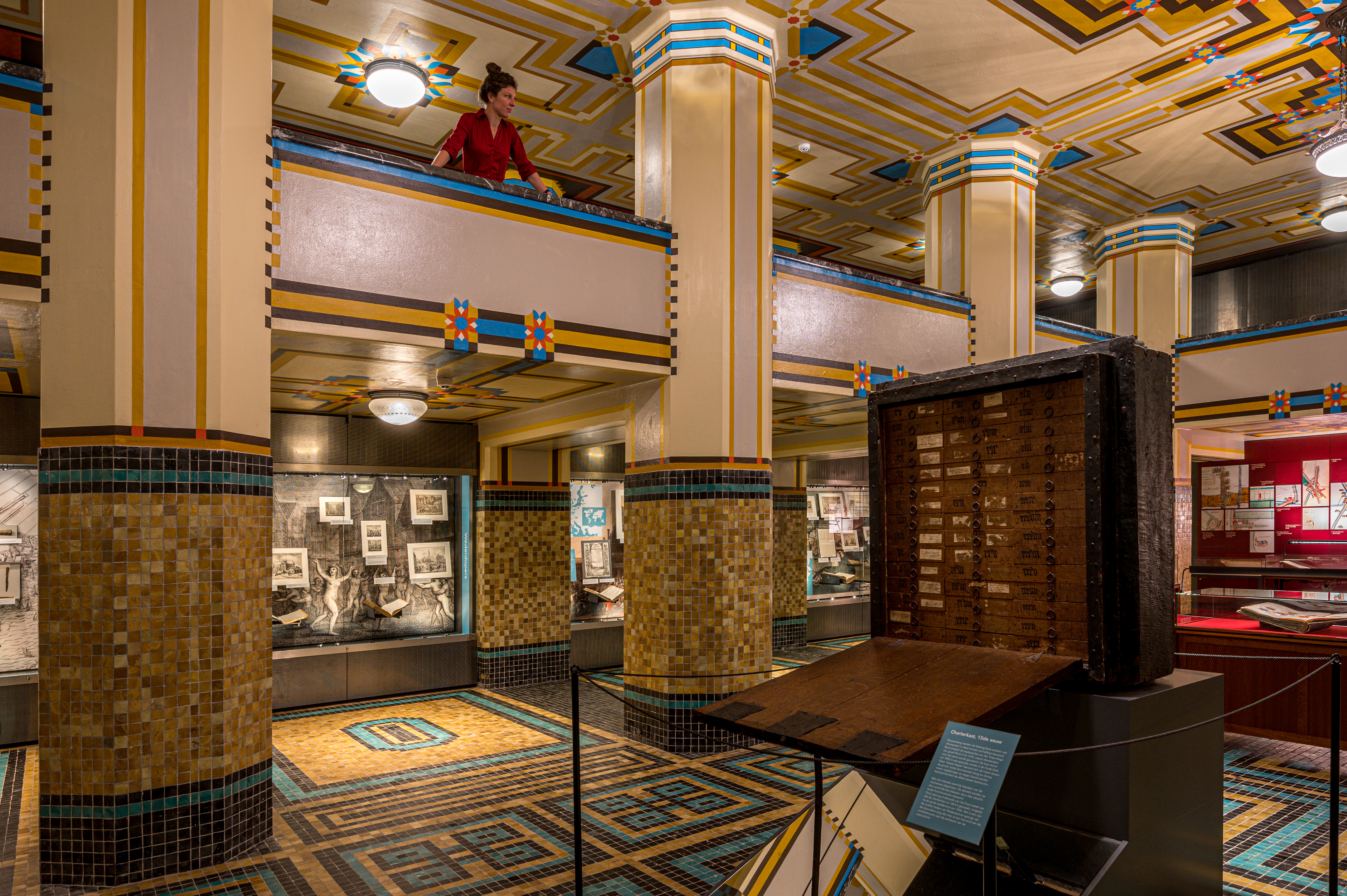|
Iepenrode
Iepenrode, or Ipenrode, is the name of a villa in Heemstede, the Netherlands, between the Leidsevaart and Herenweg, located north of Huis te Manpad and south of Berkenrode. It was once the summer home of various mayors (''burgemeesters'') of Haarlem and is currently privately owned. History In the Middle Ages the property was owned by the wealthy Van Berkenrode family, whose name is still associated with the neighboring property. There were two buildings called "Voorkoekoek" and "Achterkoekoek", that were split when the Leidsevaart was dug. In 1608 the remaining eastern half was called "Voorkoekoek".Website on en in North Holland In 1652 the property came into the h ... [...More Info...] [...Related Items...] OR: [Wikipedia] [Google] [Baidu] |
Leidsevaart
The Leidsevaart (also known as Leidse trekvaart, Dutch for "Leiden's Pull-Canal") is a canal between the cities of Haarlem and Leiden in the Netherlands. It was dug in 1657, making it one of the oldest canals in the Netherlands. It was the major means of transport between Leiden and Haarlem for almost two centuries until the rail connection was established in the 19th century. The original stops along the railway mirrored the toll bridges of the canal. The canal runs through or borders the municipalities of Haarlem, Heemstede, Bloemendaal, Hillegom, Noordwijkerhout, Lisse, Teylingen, Oegstgeest, and Leiden. History The Leidsevaart was the extension of the ''Haarlemmertrekvaart'' (Haarlem's Pull-Canal) connecting Amsterdam to Haarlem. Travel on these canals was done by trekschuit for people, and by barge for goods, which were pulled by animals (and sometimes by man-power) on a towpath along the canal's edge. It was reliable, comfortable and cheap. The speed was about ... [...More Info...] [...Related Items...] OR: [Wikipedia] [Google] [Baidu] |
Berkenrode
Berkenrode, or Berckenroode is a former 'Heerlijkheid' in the Dutch province of North Holland, situated on the southwest side of Haarlem on the leidsevaart, north of Iepenrode and west of Heemstede. The original castle Berkenrode in the center of the moat was burned by the Spanish during the siege of Haarlem in 1572. The castle was rebuilt and despite suffering another fire in 1747 the settlement continued to function as a separate municipality with its own chapel up to 1857, when the town was annexed by Heemstede. The town archives are now kept at the North Holland Archives in Haarlem. History Berckenrode is first mentioned in 1284, though first mention of a castle there by the same name is found much later in 1466. This is because the family Van Berkenrode preferred to live on the Grote Markt in Haarlem. After the castle was rebuilt in 1573, the chapel was used as a Catholic church and functioned in that capacity for the Catholics of Berkenrode and Heemstede until the last '' ... [...More Info...] [...Related Items...] OR: [Wikipedia] [Google] [Baidu] |
Buitenplaats
A buitenplaats (literally "outside place") was a summer residence for rich townspeople in the Netherlands. During the Dutch Golden Age of the 17th century, many traders and city administrators in Dutch towns became very wealthy. Many of them bought country estates, at first mainly to collect rents, however soon mansions started to be built there, which were used only during the summer. History Buitenplaatsen or buitenhuizen could be found in picturesque regions which were easily accessible from the owner's home in town, and they were near a clean water source. Most wealthy families kept their children in buitenhuizen during the summer to flee the putrid canals of the cities and the accompanying onset of cholera and other diseases. Though most buitenhuizen have been demolished, examples are still in existence along the river Vecht, the river Amstel, the Spaarne in Kennemerland, the river Vliet and in Wassenaar. Some still exist near former lakes (now polders) like the Waterg ... [...More Info...] [...Related Items...] OR: [Wikipedia] [Google] [Baidu] |
Bank Van Lening, Haarlem
The Haarlem Bank van Lening is a former city Bank van Lening that has been converted to a restaurant in Haarlem, the Netherlands. History of the bank Though Haarlem probably had a "Tafel van Leening" in the 13th century, the first mention of it in the Haarlem archives is in 1367 when Count Albrecht gave Hugen Aesuir permission to hold a lombard-tafel for four years in Haarlem. De Bank van Lening te Haarlem, "een instelling van weldadigheid", by Dr. J.Th.R. van Greevenbroek, Fibula-Van Dishoeck, Haarlem, 1981 Two years later a 15-year grant was given to the Lombards in Haarlem ''with the same rules as Delft''. In 1473 Jacques Fossuetz received permission to hold a Tafel van Leening for 10 years from Karel de Stoute. In 1543 Cesar Bouvet (Bovetus), ''marchant piémontais'', received permission to hold a Tafel van Leening for 12 years from Karel V. The earliest location of the Bank van Lening is not precisely known, but was probably in or near the Lombard steeg, near the Janske ... [...More Info...] [...Related Items...] OR: [Wikipedia] [Google] [Baidu] |
Heemstede
Heemstede () is a town and a municipality in the Netherlands, in the province of North Holland. It is the fourth richest municipality of the Netherlands. History Heemstede formed around the Castle ''Heemstede'' that was built overlooking the Spaarne River around 1286. Before 1296, Floris V, Count of Holland, granted Heemstede as a fiefdom to Reinier of Holy. During the 14th century, a village formed near the castle, which was destroyed and rebuilt several times in this period. A resident of this castle was Adriaan Pauw, who bought it in 1620. In 1653, Bennebroek split off from Heemstede, becoming a separate fiefdom. Growth was slow, and in 1787 Heemstede counted 196 families. Even at that early date Heemstede had already gained the reputation it has today, of being primarily a "bedroom community" for the cities of Haarlem and Amsterdam. Wealthy city families left the cities in the summer, escaping "canal fever" which caused illness from the putrid canals. As a result, ma ... [...More Info...] [...Related Items...] OR: [Wikipedia] [Google] [Baidu] |
Huis Te Manpad
The Huis te Manpad is an historical villa and former summer home of Jacob van Lennep in Heemstede, the Netherlands; bordered by the Leidsevaart canal, the Manpadslaan, and the Herenweg. It neighbors the estate of Hartekamp, famed for the gardens described by Carl Linnaeus. Both estates still have trees and other flora dating from that period. The Haarlem archives have material about the estate dating back to 1558. The current main building dates from 1630. It was restored in 1720 when the gardens received an overhaul (the same ''Arcadia'' gardening period in the Haarlem area that drew Linnaeus to Hartekamp). In 1767 the villa came into the possession of the Van Lennep family, who owned it up to 1953. In 1945 it was again restored by Monumentenzorg. Thanks to the loving care of the Van Lennep's, the gardens were almost intact in the form they had been in Linnaeus's day, and it is currently being restored. The most recent private owner, Jan Visser, gave it to the ''Stichting Hui ... [...More Info...] [...Related Items...] OR: [Wikipedia] [Google] [Baidu] |
Amsterdam Archives
The Amsterdam City Archives ( nl, Stadsarchief Amsterdam) preserves documents pertaining to the history of Amsterdam and provides information about the city. With archives covering a shelf-length of about 50 kilometres, the Amsterdam City Archives is the largest municipal archive in the world. History In the Middle Ages, Amsterdam’s important documents were stored in a special cabinet that was kept in the so-called ‘Iron Chapel’ (IJzeren Kapel) in the Old Church ( Oude Kerk). In the nineteenth century, the archives moved to the Waag building at the Nieuwmarkt, and in 1914 to the former town hall of Nieuwer-Amstel. Since the summer of 2007, the Amsterdam City Archives have been located in the monumental building De Bazel, in the city-centre, which derives its name from the famous Dutch architect K.P.C. de Bazel, who designed it. Preservation The Amsterdam City Archives belongs to the government of Amsterdam. It preserves the archives of the municipal government and of the n ... [...More Info...] [...Related Items...] OR: [Wikipedia] [Google] [Baidu] |




